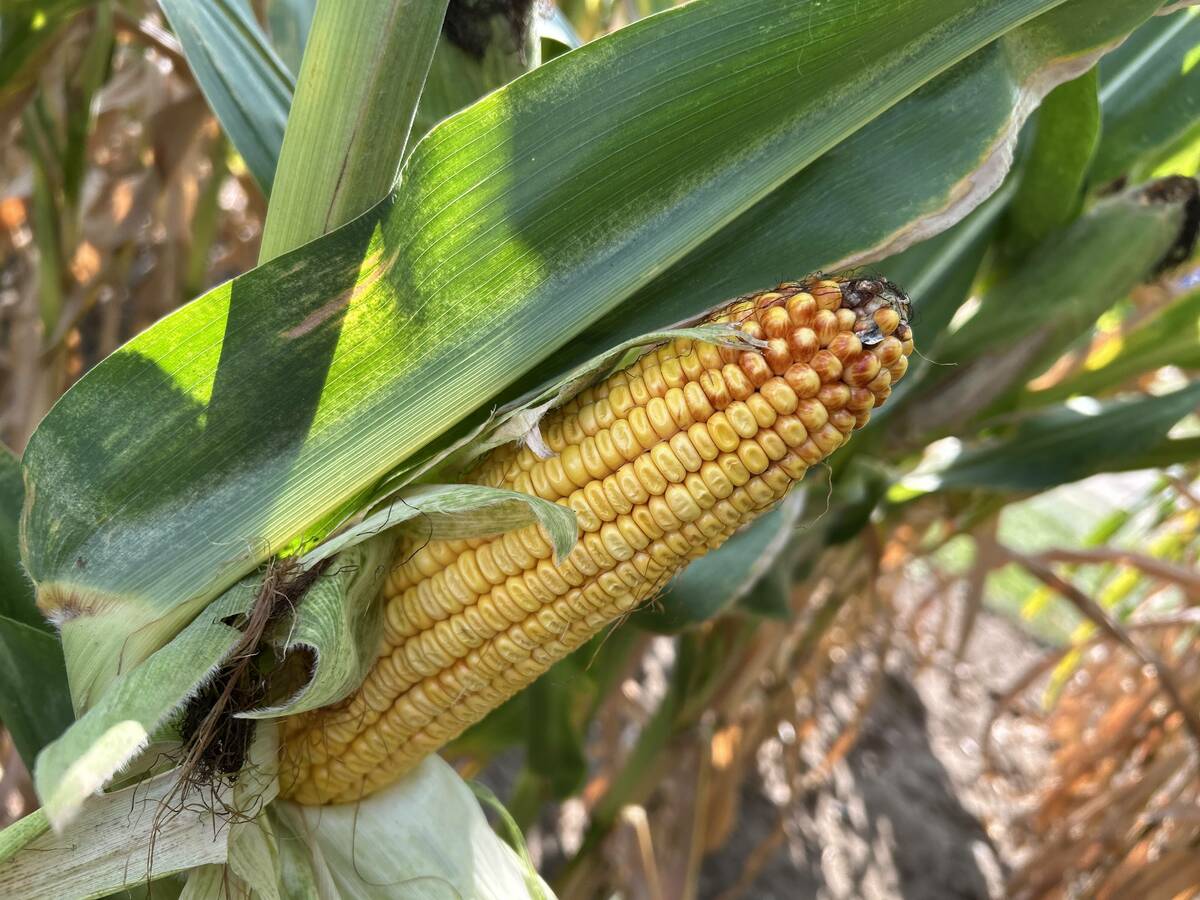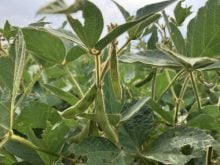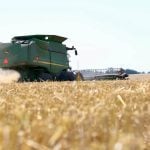Falling monarch butterfly numbers have been blamed on genetically modified crops, but new research finds otherwise
Genetically modified crops are not responsible for the disappearance of the monarch butterfly or milkweed plants, a U.S. study has found.
For years, scientists have blamed herbicide tolerant crops and overuse of herbicides for destroying milkweed plants across North America.
Monarchs depend on milkweed for breeding and food. The insects lay eggs on milkweed, hatch on milkweed and eat milkweed leaves.
However, environmental scientists from the College of William & Mary aren’t buying the conventional thinking around monarchs. In a study published earlier this month in the journal PNAS, they concluded that agricultural biotechnology has played a relatively small role in the decline of monarchs.
Read Also

Crop estimates show mixed results
Model-based estimates used by Statistics Canada showed the 2025/26 crop year has seen increases in canola, corn for grain, oats and lentils production while seeing dips in spring wheat, durum wheat, soybeans and barley in comparison to 2024/25.
“We’re attacking, in a very mild way, the received wisdom that the big thing we need to worry about with monarchs is genetically modified crops, that all this spraying of herbicide has devastated the milkweeds,” said Jack Boyle, a post-doctoral researcher in environmental science at William & Mary, located in Virginia.
“Of course, we can’t rule out that that’s been what’s happening in the past 20 or so years, but that’s only the tail end of milkweed decline. (It’s) been dying off since the middle of the 20th century, long before genetically modified crops.”
Estimates vary, but groups such as the National Wildlife Federation have reported a 90 percent decline in monarch populations over the last two decades. Initially, scientists blamed a loss of habitat in Mexico, where the butterflies over-winter. More recent research pointed a finger at herbicide tolerant crops.
Milkweed grows in and around cropland, particularly corn and soybean fields in the U.S. Midwest.
A University of Guelph study published in 2014 determined there was a 21 percent loss of milkweed plants in North America from 1995 to 2013.
“Our work provides the first evidence that monarch butterfly numbers in eastern North America are most sensitive to changes in the availability of milkweed on breeding grounds, particularly in the corn belt region of the United States,” Ryan Norris, a U of Guelph professor, said in 2014.
Norris’ research fits into a larger narrative, in which environmentalists and scientists say modern agriculture is a major threat to insects.
In early February, the Guardian, Globe & Mail and other media outlets reported on an Australian and Chinese study that found 40 percent of the world’s insect species are in decline or endangered, largely because of “agricultural intensification” and pesticides.
Boyle and his William & Mary colleagues looked at the monarch problem differently. They studied museum specimen records and other databases to estimate the abundance of monarchs and milkweed plants from 1900 to 2016.
Monarchs and milkweed abundance began dropping around 1950, they concluded.
“Herbicide resistant crops are clearly not the only culprit, and likely not even the primary culprit,” their paper said.
“Whatever factors caused milkweed and monarch declines prior to the introduction of GM crops may still be at play.… Laying the blame so heavily on GM crops is … (not) supported by data.”
In terms of agriculture, a bigger factor may be farm size.
Larger farms and modern farming practices took off in the 1950s and 1960s, so there’s a possible relationship between bigger farms and the crash in milkweed numbers in agricultural regions.
“The timing of monarch and milkweed declines roughly correspond to the mid-century agricultural revolution, which led to increased mechanization and chemical inputs to farmland,” said a William & Mary release.
Nonetheless, modern agricultural practices only tell part of the story. The William & Mary scientists developed a model to explain the disappearance of milkweed. They found that farm size, pesticides and fertilizer usage caused about 20 percent of the “variation in milkweed abundance.”
“I think the main takeaway from this paper is if we really want to understand why milkweed is declining and why the monarch is declining, we need to figure out what is going on with that other 80 percent not explained by our model,” said Josh Puzey, assistant professor of biology and co-author of the study.
“What is causing this massive variation is simply not explained by these agricultural parameters.”
















